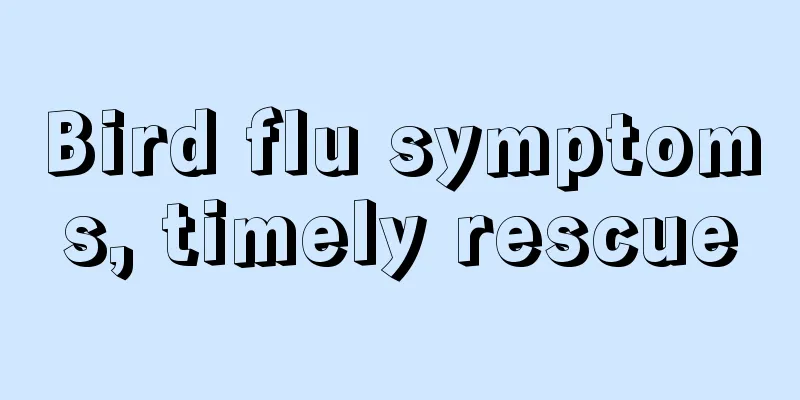What kind of disease is small cell lung cancer

|
What kind of disease is small cell lung cancer? The symptoms of this disease may not be very obvious at the beginning, so many people do not pay much attention to it, but in the later stage, it will seriously affect the danger of life. So, let's learn about what kind of disease is small cell lung cancer! It is generally believed that small cell lung cancer originates from Kulchitsky cells (argyrophilic cells) in the bronchial mucosa or glandular epithelium and belongs to APUD (amine precursor uptake decarboxylation) tumor. Some people also believe that it originates from stem cells in the bronchial mucosal epithelium that can differentiate into neuroendocrine. Small cell lung cancer is the least differentiated and most malignant type of lung cancer. It often occurs in the central part of the lung, grows rapidly, and metastasizes early. Under a light microscope, the cancer cells are small and short spindle-shaped or lymphocyte-like, with little cytoplasm and a naked nucleus. Cancer cells are densely arranged in groups, separated by connective tissue, and sometimes cancer cells are arranged in groups around small blood vessels. Electron microscopic observation of the ultrastructure showed that the tumor cell cytoplasm contained typical axon-like neuroendocrine granules, but the amount of granules varied, and it was proven to be related to 5-HT and ACTH. From the perspective of immunohistochemical studies, tumor cells are positive for NSE, 5-HT, CgA, and some cases (10%) are positive for Sy, proving that small cell carcinoma has neuroendocrine function. In addition, positive immunohistochemical reactions are shown to CK and EMA at the same time in the same tumor. The treatment of small cell lung cancer is mainly chemotherapy, which can be combined or sequentially with radiotherapy. For less than 5% of early-stage patients whose disease is limited to the lung parenchyma, surgical treatment is considered. Limited-stage SCLC is mainly treated with synchronous chemoradiotherapy or chemotherapy and radiotherapy sequentially. Synchronous chemoradiotherapy is better than sequential treatment. Synchronous chemoradiotherapy should be performed as early as possible, and preventive whole-brain radiotherapy should be given. Preventive whole-brain radiotherapy has significant benefits for survival. Extensive-stage SCLC is mainly treated with chemotherapy, and local or metastatic lesions are treated at an elective time. |
<<: Brief introduction to the manifestations of small cell lung cancer
>>: Experts help you understand small cell lung cancer
Recommend
What are the symptoms of neurasthenia?
When treating a disease, some good treatment meth...
Is prostate cancer hereditary?
Prostate cancer is a common male disease. Patient...
Is the recurrence rate of growth hormone-producing pituitary tumors high?
Pituitary tumors are tumors that originate from t...
Foods that prostate cancer patients should eat regularly
Prostate cancer has become one of the most common...
What is the reason for the numbness and swelling of hair
Sometimes people's scalp becomes numb due to ...
A simple way to relieve sore throat, just use pears
Having a dry and sore throat is very uncomfortabl...
How to prevent ovarian tumors
Ovarian tumor is a very harmful cancer that can c...
What are the treatment principles for bladder tumors?
Many patients do not know what to do with bladder...
What are the symptoms of liver cancer? Introduction to the symptoms of liver cancer
When it comes to liver cancer, many people will d...
Applying talcum powder to private parts can cause ovarian cancer
Many women like summer because they can wear all ...
What are the effects and functions of onion roots?
People often say that eating one scallion in ten ...
What are the targeted drugs for kidney cancer
With the development of biological and medical te...
Can gastric tumors be cured? How does traditional Chinese medicine treat them?
Chinese medicine is profound and has a long histo...
How long does it take for milk to come out after milk is emptied
For breastfeeding mothers, it is necessary to dra...
What should I do if I vomit after eating during pregnancy?
Most women will have some early pregnancy reactio...









